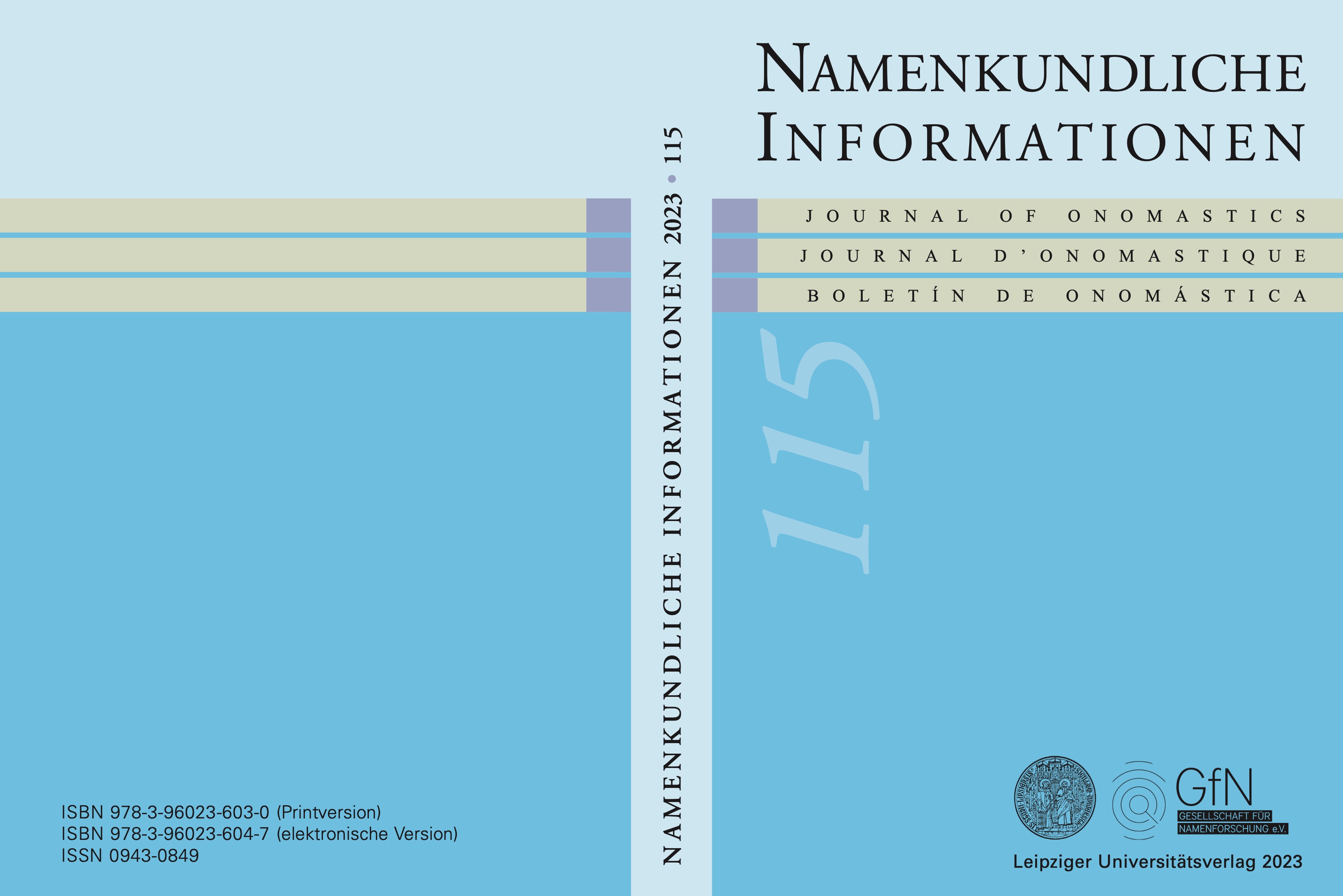Das Altertum der Deutsch-Slavischen Kontaktzone. Das Hersfelder Zehntverzeichnis und seine siedlungsgeschichtliche Einordnung
(Themenschwerpunkt)
DOI:
https://doi.org/10.58938/ni728Abstract
Due to the lack of written sources, the ancient world in the German-Slavic contact zone in eastern Central Europe has been largely a matter of archaeology alone. Proper names only begin to appear on record in medieval times. As a result, it is impossible to reconstruct an earlier onymic landscape. Among the early written sources, a document from the Imperial abbey of Hersfeld (“Hersfelder Zehntverzeichnis”) is an exceptional case in terms of its extensive content. Written in the 9th century, but preserved only as a copy from the 11th century, it lists more than 200 place names. In most cases these names are localized in a certain region west of the Saale river and north of its Unstrut tributary. For the most part, the names are of German origin, although there are also some of Slavic origin. Some years ago, this source was examined by an interdisciplinary research group. The onomastic outcome of this project (Zschieschang 2017) is described briefly in the present article. Some of the results of this study recently served as an argument in mediaevalist research (Warnke 2019). This research argues that the document originates from the 11th century and that there is no older original. This assumption deserves further in-depth examination in German linguistics (this is not part of the present article) in order to determine whether the place names – which clearly refer graphemically to the 9th century - could also have been recorded for the first time two centuries later.
Downloads
Veröffentlicht
Ausgabe
Rubrik
Lizenz
Copyright (c) 2024 Christian Zschieschang

Dieses Werk steht unter der Lizenz Creative Commons Namensnennung 4.0 International.
Es findet keine exklusive Übertragung von Verwertungsrechten (Copyright Transfer) an die Zeitschrift statt. Die Autor/innen stimmen bei Manuskripteinreichung der Veröffentlichung unter der Lizenz Creative Commons Attribution 4.0 International zu.


